This is what an artist thinks Huygens looks like near Titan. This picture shows Cassini (top middle), Huygens (left side), Saturn (right side), and the moon Titan (lower left).
Click on image for full size
Image courtesy NASA.
Huygens probe on its way to Titan
News story originally written on December 30, 2004
NASA's Cassini spacecraft is in
orbit around the planet Saturn. Cassini carried
a landing probe, named Huygens, with it on its long
journey from Earth. On December
24, 2004, Cassini released the Huygens probe. Huygens will land on Saturn's largest
moon, Titan, on January 14, 2005.
The Huygens probe will take 2-1/2 hours to descend through Titan's
thick atmosphere on parachutes. It will make measurements of the moon's atmosphere as it descends.
Nobody knows what the surface
of Titan is like. It may be solid, or it might
have lakes or seas of liquid ethane or methane. It might even be covered by
a thick layer of methane snow. Huygens may land with a bump, a splash, or a
puff!
The probe was built by the European Space Agency. It is named after Christiaan
Huygens, a Dutch astronomer who lived in the 17th century. If it survives
the landing, the Huygens probe may send back data from the icy surface of Titan
for up to 30 minutes after it touches down. The Cassini spacecraft will continue
to orbit Saturn, studying its moons and rings, for at least four years. Let's
hope that Huygens has a safe landing and sends us good pictures of the surface
of a world that nobody has ever seen before!
You might also be interested in:
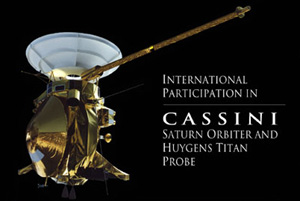
A spacecraft named Cassini will study the planet Saturn for several years. Cassini blasted off from Earth in October 1997. After flying past Venus, Earth, and Jupiter, Cassini finally arrived at Saturn
...more
Cassini is on its way to Saturn. It will take Cassini over 6 years to get to Saturn. Cassini was launched on a Titan rocket early in the morning on October 15, 1997. The Cassini probe is one of the biggest
...more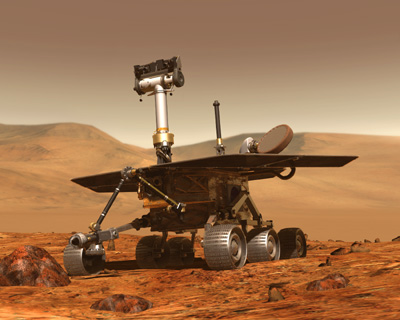
NASA’s rover, named Spirit, has successfully landed and will soon be scouting the surface of Mars for interesting geology! Scientists are interested to know whether the depression where Spirit landed
...more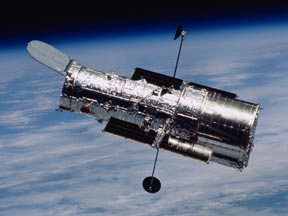
NASA announced in January 2004 that it would cancel the last planned mission to the Hubble Space Telescope (HST). The head of NASA, Sean O'Keefe, believes a mission to Hubble would be too dangerous for
...more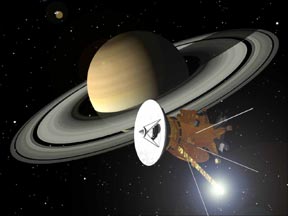
The Cassini spacecraft is on its way to Saturn. It will zoom close past a strange moon of Saturn named Phoebe. Cassini's close flyby of Phoebe will be on June 11, 2004. The best pictures we have right
...more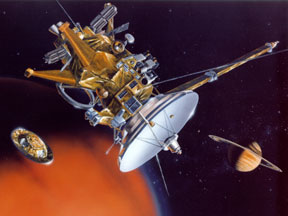
NASA's Cassini spacecraft is in orbit around the planet Saturn. Cassini carried a landing probe, named Huygens, with it on its long journey from Earth. On December 24, 2004, Cassini released the Huygens
...more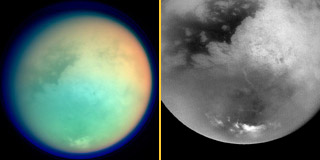
The Cassini spaceship flew by Saturn's moon Titan on October 26, 2004. Titan is Saturn's largest moon, and has the thickest atmosphere of any moon in our Solar System. Cassini took some great pictures
...more













